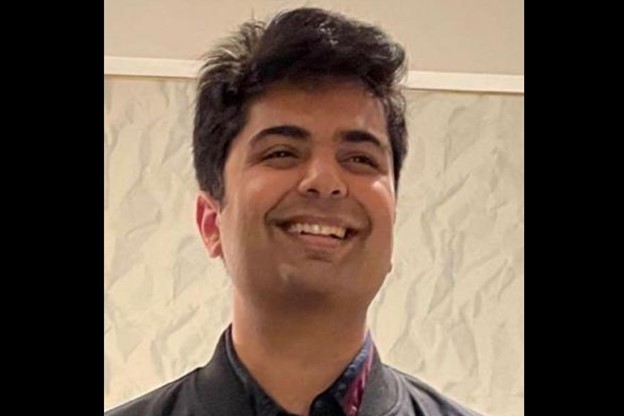–News Direct–

Boston, Massachusetts, Dec. 8, 2023 — A Budding Computer Scientist Shreyas Fadnavis, from Harvard University & Indiana University Bloomington, has introduced a self-supervised Denoising MRI Technique- Patch2Self that makes complex Neurological Examination and Cancer Monitoring an easy and less time-consuming process for health practitioners, enhancing the outcome for the patients.
Sharing insights on the innovative Patch2Self Denoising MRI Technique, Shreyas Fadnavis, a Computer Scientist informed that neurological examination is considered to be a complex and daunting process as it is very intricate, overly detailed, eccentric, and capricious. The idea behind developing the Patch2Self dMRI technique was to make the scanning process more fast, efficient and less challenging for the health practitioners and patients.
Patch2Self (P2S) has emerged as a leading image-denoising technique in the field of diffusion MRI (dMRI) due to its wide applicability and the fact that it doesnt require specific parameter settings, making it versatile and user-friendly. Furthermore, Patch2Self has been instrumental in the field of oncology, specifically in delineating and measuring treatment responses in cancer. This usage underscores its potential in clinical settings, particularly in enhancing the accuracy of cancer treatment monitoring. Its utility extends to high-field imaging too, showcasing its adaptability to different imaging technologies, added Shreyas.
Denoising MRI is a powerful technology that combines the capabilities of artificial intelligence (AI) and machine learning (ML) to analyze healthcare data with unprecedented speed and accuracy. It uses a layered architecture of algorithms to process large amounts of information and extract valuable insights. The benefits of machine learning in healthcare are numerous, including increased efficiency, improved accuracy, and the ability to continuously learn and adapt.
Highlighting its role in more specialized medical imaging techniques. In pediatric and neonatal imaging, as discussed by Tr et al. (2023), Patch2Self helps in acquiring clearer images, which is critical given the challenges in scanning these sensitive groups. Additionally, its application in neuroimaging of animals, including mice and macaques (Buscham et al., 2021), points to its broad utility in a range of research contexts beyond human clinical use.
Further Shreyas Fadnavis informed, Tests have shown that this new method, Patch2Self, does a better job cleaning up our brain road maps than other tools out there. It helps provide clearer and more accurate maps without making any assumptions about the noise.
Patch2Self is not just limited to conventional denoising but also serves as a preliminary step in super-resolution processes. This expands its application to enhancing the resolution of dMRI images, a crucial aspect in detailed brain studies. Moreover, it is a key component in generative diffusion model-based denoising techniques (Xiang et al., 2023), indicating its role in more advanced, AI-driven image-processing methods.
Given its wide range of applications and effectiveness, it's not surprising that Patch2Self has been integrated into popular open-source software packages like DIPY (Garyfallidis et al., 2014), QSIPrep (Cieslak et al., 2021), and Spinal Cord Toolbox (De Leener et al., 2017). These integrations make it accessible to a broader range of users, from clinical researchers to neuroscientists, thereby enhancing the quality of dMRI data processing in various research and clinical settings.
Contact Details
Shreyas Fadnavis
View source version on newsdirect.com: https://newsdirect.com/news/indian-computer-scientist-introduces-a-novel-machine-learning-method-patch2self-to-speed-up-treat-neurological-disorders-efficiently-734288287
IPRD
COMTEX_444645940/2655/2023-12-08T11:08:33
Disclaimer: The views, suggestions, and opinions expressed here are the sole responsibility of the experts. No Smart Herald journalist was involved in the writing and production of this article.